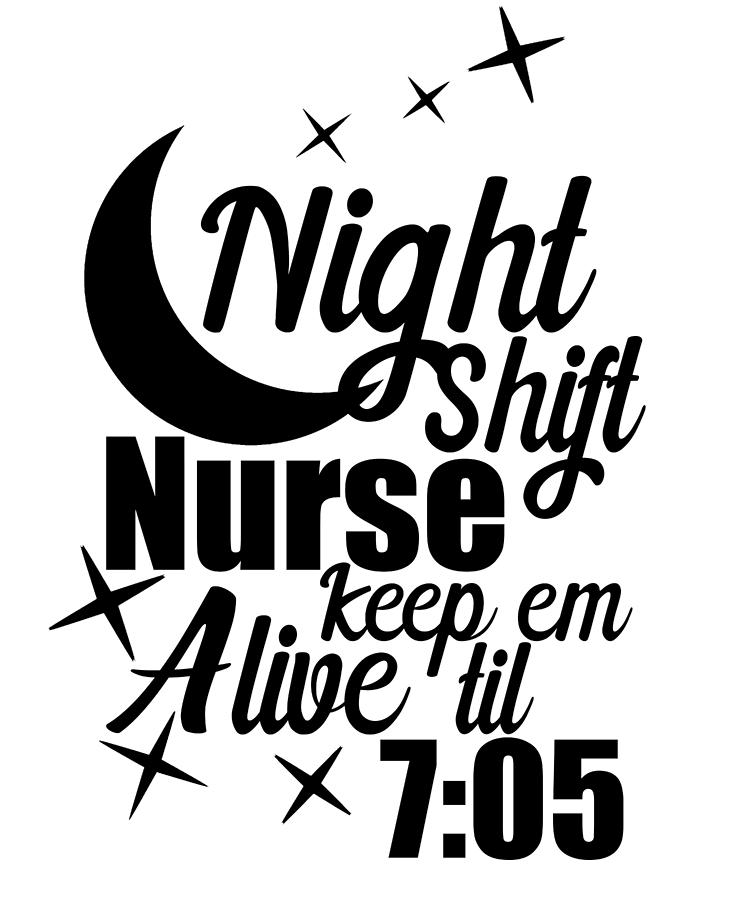

Safer Healthcare also offers sample video vignettes demonstrating effective use of SBAR for nurse-physician communications. If he or she needs to clarify information or ask follow-up questions, assist with this.
Night shift nurse sbart professional#
Assessment: State your professional conclusion, based on the situation and background.Background: Provide clear, relevant background information on the patient.Situation: Clearly and briefly describe the current situation.The components of SBAR are as follows, according to the Joint Commission: Though some nurses cited time constraints and existing communication barriers as obstacles to SBAR, “physicians reported that the quality of communication with nurses about change in resident condition had improved since project implementation.” SBAR Nursing Renz’s study concluded that 87.5 percent of nurses working in a nursing home setting found SBAR to be a useful tool for organizing and communicating information. The Institute for Healthcare Improvement says, “ SBAR is an easy-to-remember, concrete mechanism useful for framing any conversation, especially critical ones, requiring a clinician’s immediate attention and action.” It gives clinicians a specific, unambiguous way to communicate critical information to one another, leaving little room for error and minimizing the chance that a miscommunication will cause patient deterioration.ĭr. However, the healthcare system adopted it in the 1990s, and now it’s used worldwide. Navy as a way to communicate information on nuclear submarines. According to Safer Healthcare, SBAR was originally developed by the U.S. SBAR stands for Situation, Background, Assessment and Recommendation.

One of the most effective tools for facilitating communication is SBAR, considered a best practice by the Joint Commission. In the busy and high-stress world of healthcare, however, good communication skills can fall by the wayside. “Standardizing the structure of critical communications helps the speaker organize thoughts and be prepared with critical information, and helps the receiver to be focused on the important points of the message by eliminating the less important aspects,” the study states.

Susan Renz et al published in Geriatric Nursing. Good nurse-physician communication is critical to hospital effectiveness it reduces the likelihood of error, reduces unnecessary stress on the patient and reduces workplace stress and contention between nurses and physicians, according to a study by Dr. Effective communication can prevent FTR in many cases. FTR includes failure to recognize patient deterioration, failure to communicate concerns, and failure to diagnose and treat the patient appropriately, among other factors. Failure to rescue (FTR) is often used as an indicator of a hospital’s quality of care, according to the American Hospital Association.


 0 kommentar(er)
0 kommentar(er)
